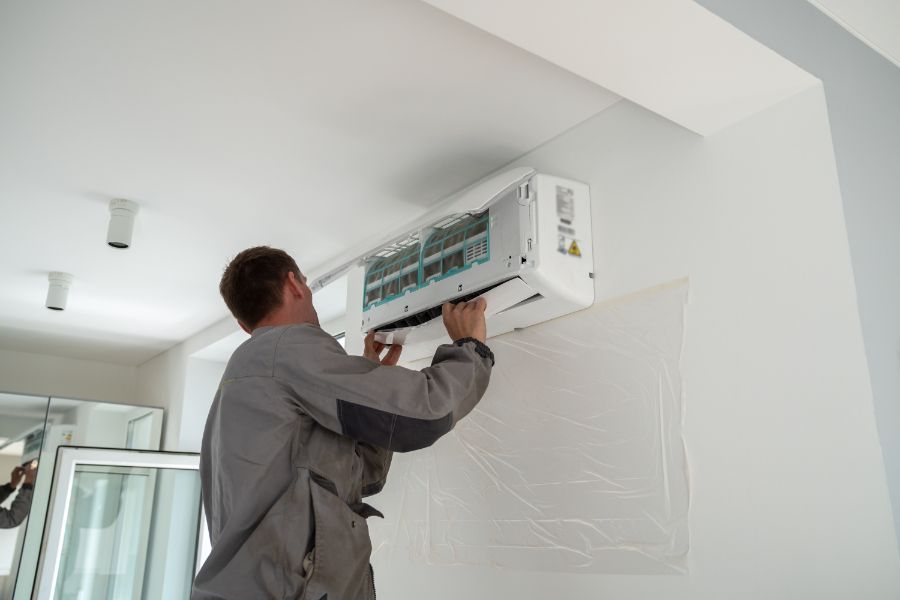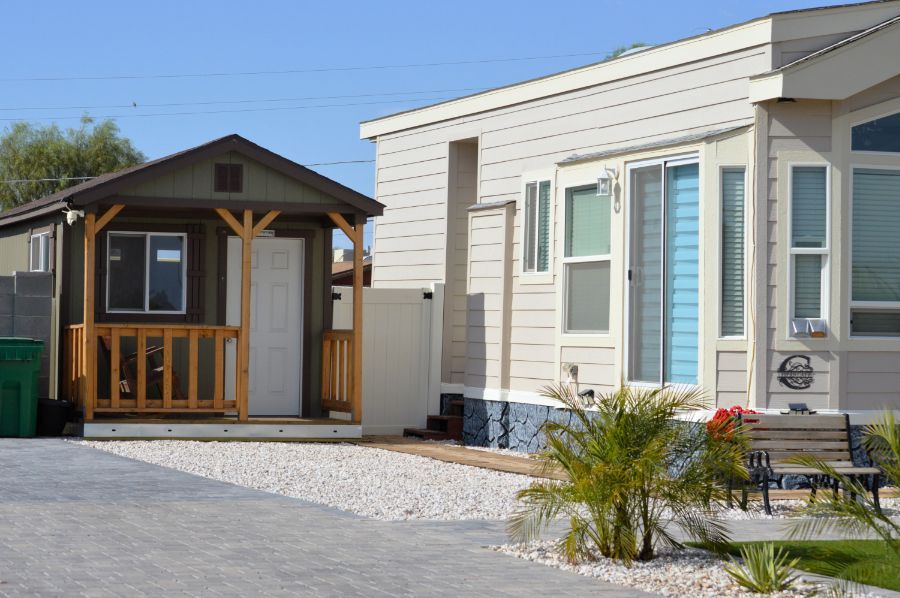Mini-Splits vs. Central Air Conditioner: What is the right one for you?

Southern California has some of the most ideal weather in the entire country. However, there are days when it becomes uncomfortably hot. For this reason, most rentals are equipped with some form of climate control. While some landlords opt to provide a window unit, these could be more efficient at cooling the whole rental. Ideally, a landlord should provide tenants with a proper core system for their cooling needs.
Many tenants dealing with southern California’s heat prefer something more efficient. Two forms of cooling include the use of a Mini-split unit or Central Cooling.
In today’s article, we will go over the benefits of each and help you understand the better cooling solution for your rental property.
Mini-Split Unit
Mini-splits are also called ductless heating. It's a climate control system that doesn't require ducts and vents to be installed throughout the home. The system is split into two parts: the compressing unit, installed outdoors, and a separate indoor unit where the cold air comes out, hence the moniker of a “mini-split.”
Because a mini-split does not require ducts, they tend to be more efficient as there is no heat transferring through ductwork compared to a traditional central air conditioning system. Another benefit of a mini-split unit is its all-in-one system, allowing it to be incredibly versatile.
One of the disadvantages of a mini-split system is the initial cost can be higher than that of central cooling. This may sound counterintuitive because a mini-split unit is smaller and more efficient. However, if a home already has ducting work done, a mini-split will frequently cost more to install. A mini-split can also be a bit of an eyesore to some. The indoor unit is usually bulky and installed in awkward areas that can bother some tenants, as well as the lines required to connect the outdoor unit to the indoor unit. Sometimes, the lines are installed in areas that aren’t aesthetically pleasing, like a prominent side of the home or on the rooftop.
Central Air Conditioning
Central A/C is a system in which atmospheric air is cooled in a central location and distributed through the home via air ducts and vents. Central A/C has an outdoor unit like a mini-split, meaning it’s as quiet as a mini-split.
It's a common misconception that replacing a central A/C unit with a mini-split is cheaper. This isn’t true. The most significant expense for central A/C is the labor involved with installing said ducts. If the home already has the duct work complete, it's unlikely to be cost-effective to switch.
The air ducts may lose cooling efficiency due to heat transfer in the home. Nevertheless, those ducts also provide several benefits. Options for filtration with central A/C are far more resilient and efficient when compared to mini-splits. Because of this, some tenants consider central A/C preferable, especially those who worry about air quality.
Unfortunately, there are more long-term expenses for central A/C, such as an increased electrical bill and duct
maintenance. Maintenance should be done regularly to the ductwork, as major repairs can come with a significant price tag. If this becomes the case, consider switching to a mini-split system altogether.
Both central A/C and mini-split have many similarities and are often interchangeable when tenants seek a comfortable rental. Ultimately, your solution will vary based on how your rental is designed and built. If you are interested in installing a central A/C or mini-split system or are unsure if it’s worth switching from one to the other, we invite you to call us today at (562) 888-0247 or fill out our
Owner Application online.





